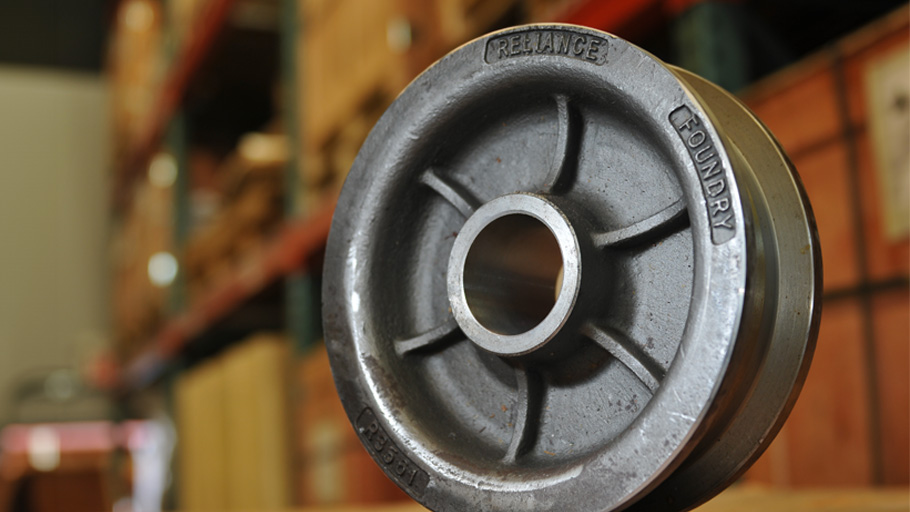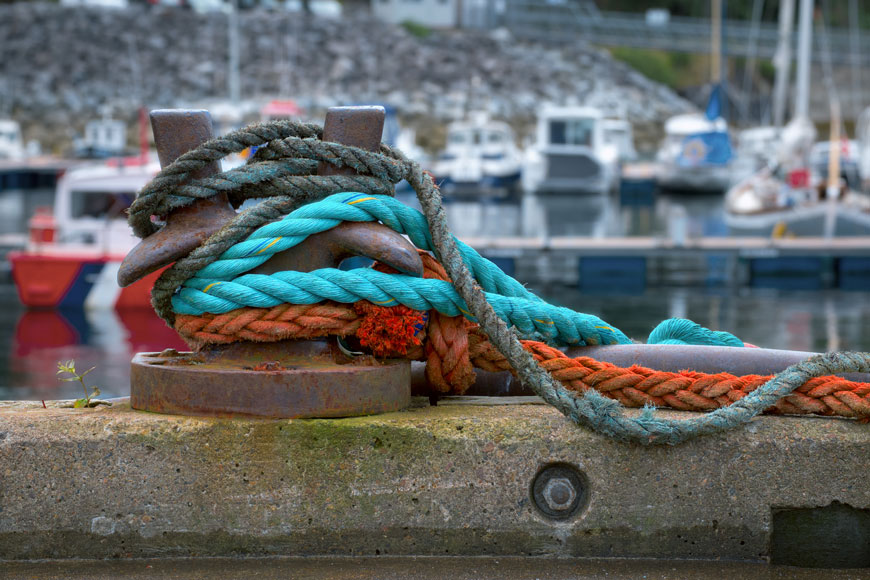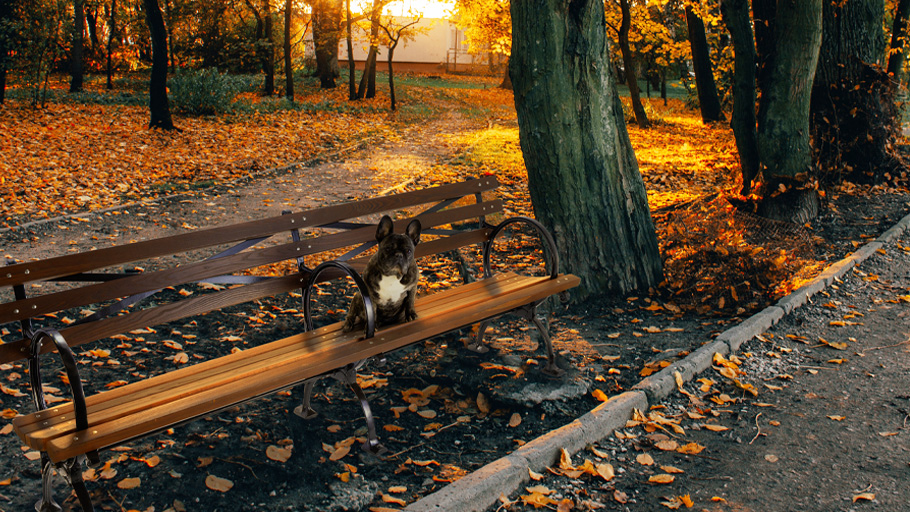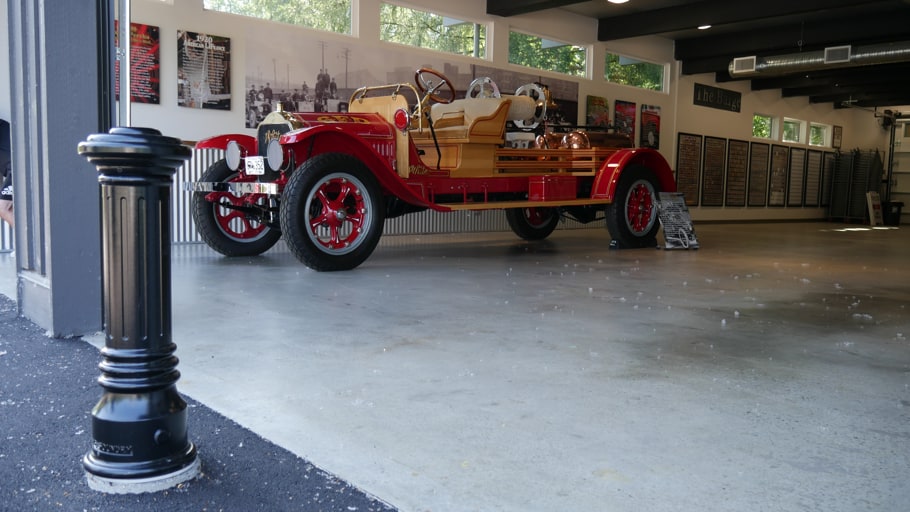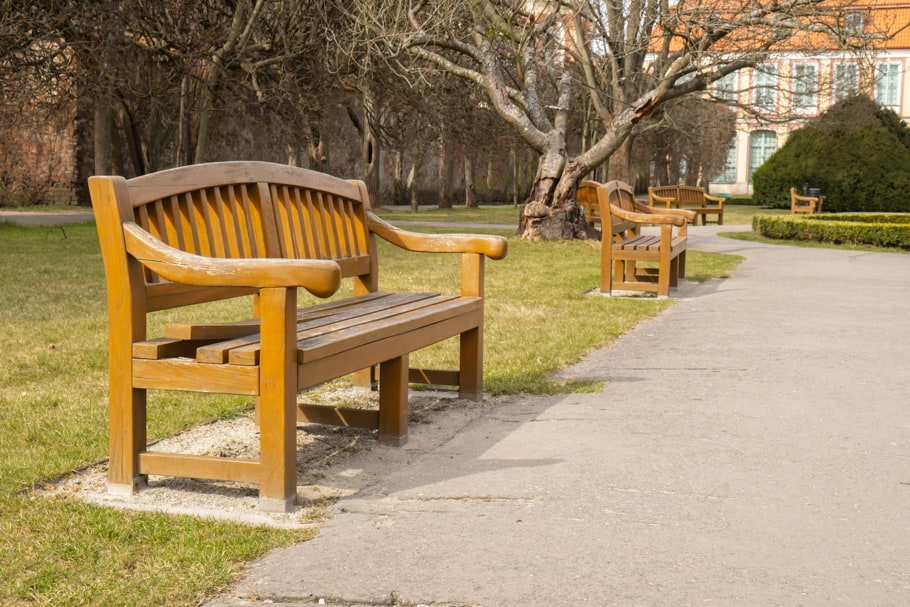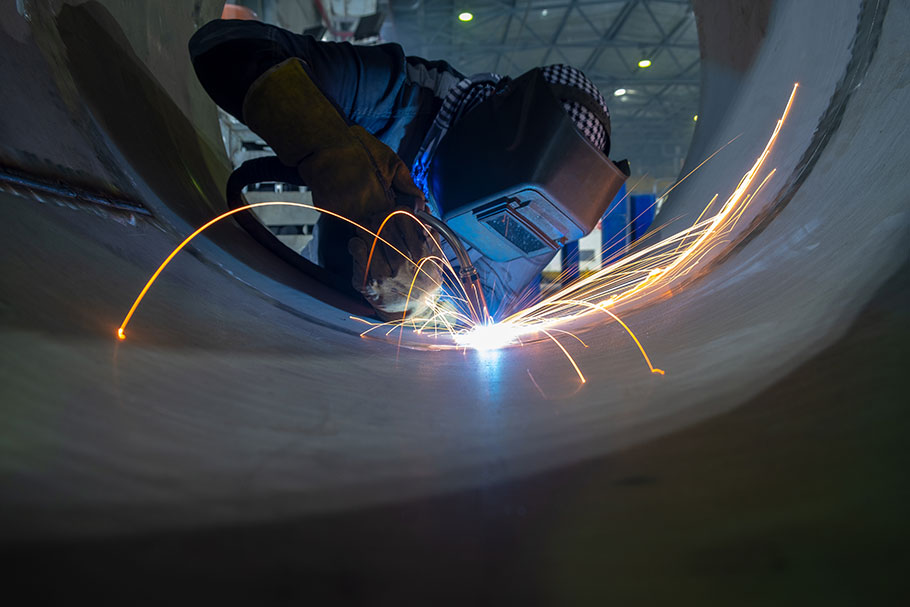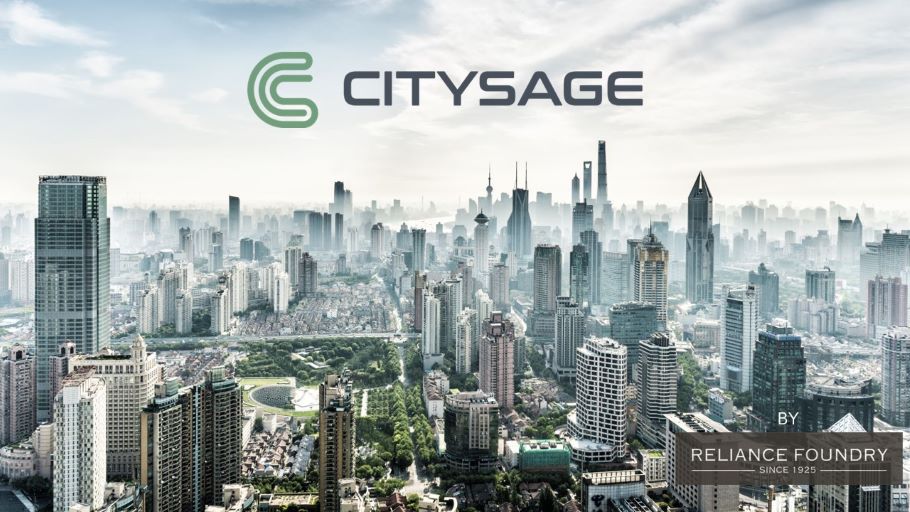A conversation with Brian Done
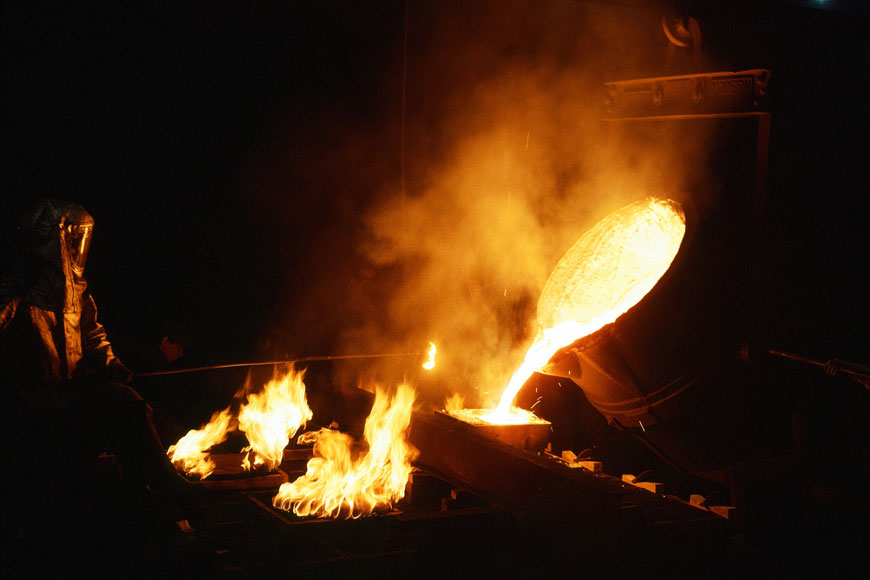
Reliance Foundry’s history spans the rise and fall of manufacturing in the West. From boom times through the 1920s, to decline during the globalization of production, the business of metal casting is closely tied to larger economic trends.
The 1995 book “Fire in the Blood” is a detailed look at the history of foundries in BC and Alberta. It carefully documented the stories of the industry as it was entering its waning years. At the beginning of its focus on Reliance Foundry, the author Henry Bromley says: “If there is a secret to longevity in the foundry business, it may be family ownership.”
Family ownership supports the business with memory and consistency. It also provides a unique and personal overview on the global winds of change. In May, we examined the business innovation behind the re-invention of Reliance Foundry in the 2000s, under the leadership of Brad and Brent Done. While writing that post, we became curious how the previous generation would see the current trends in global production.
Brian is long retired, but we reached out to speak with him about the years he and Barry helmed Reliance. (Barry Done passed away in 2008.)
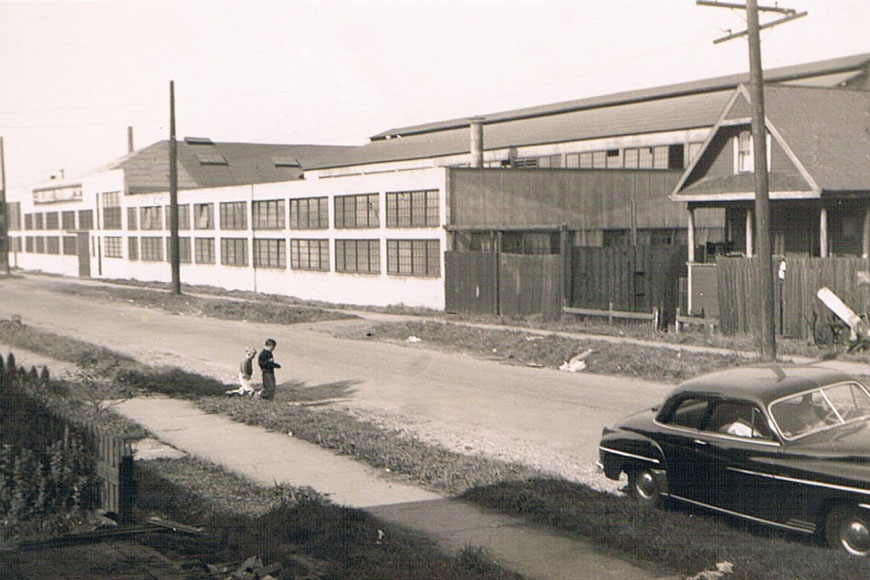
Remembering the factory floor
Brian and Barry Done were the second generation of Dones to own and maintain Reliance Foundry, stepping into the shoes of their father, Fred. Brian is distinguished by being the longest serving of all the Dones, spending his entire career in service of the family business.
Like his sons after him, Brian grew up with stories of the foundry around the dinner table. There was an expectation that one or more of the kids would take over from Fred, when they were old enough.
When Brian was a teenager, he started work at the foundry, moving through all the roles on the factory floor. Each detail of the business was important for him to understand. This training was so effective that he made sure that Brad did the same work a generation later.
With quiet pride, Brian recalled his first big job as a molder amid a group of journeymen molders. “We worked on the molds for the gates at the Capilano (Cleveland) Dam. They’re still there now. They will be there in a hundred years.” Reliance Foundry, in those days, was a local contract manufacturer. During the rapid growth of the Lower Mainland through the 60s and 70s, Reliance produced many castings for infrastructure and industry. The expansion joints on the Oak Street bridge, the lamp standards of Gastown, and other municipal hardscape came out of Reliance. Many, like the ones at the dam, are still in use. There was a sense that a day’s work helped build not just Reliance, but also the city.
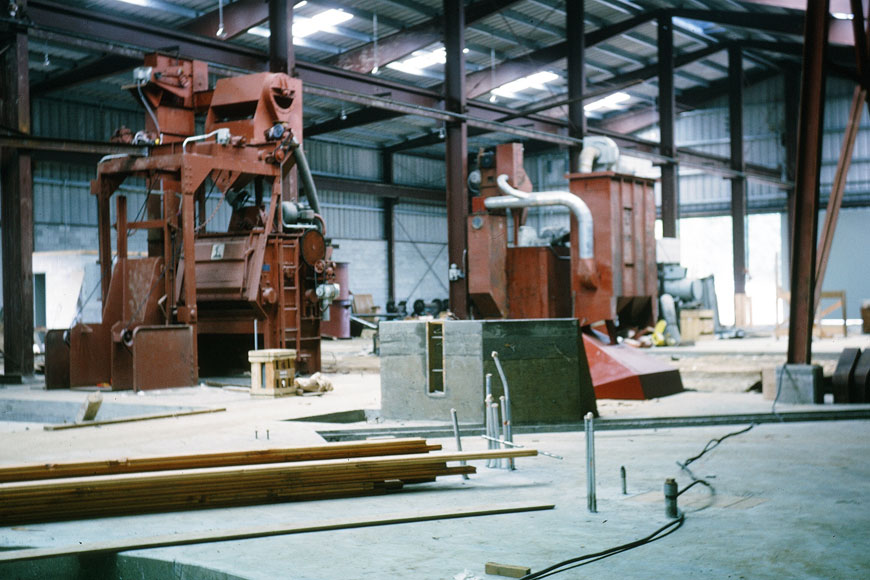
Brian and Barry took over the foundry nine years after Brian started working at Reliance full-time. Their father Fred “still liked the foundry work,” but he was getting tired of the management aspects of the job. “There was a point he just didn’t want to deal with the complaints and problems,” recalled Brian. Fred still loved the foundry itself, however, and came to work for years after he retired from its helm.
Once Fred decided to hand over the reins, and asked Brian if he was willing, Brian stepped into his father’s shoes almost immediately. He didn’t need a long transition period: the years he’d spent working on the factory floor and in the office alongside Fred meant he already knew the business intimately. He hit the ground running.
Barry Done, three years Brian’s senior, had left the business for a time—as his nephew Brent did, a generation later. He spent time in the Air Force, learned other skills, and was married. When Fred retired, Barry returned to be part of the Reliance team: he too could hit the ground running. Like Brian, he’d also worked all the roles in the foundry in his late teen years.
The brothers fell into an easy division of labor. Brian concerned himself with the metallurgical process, the work of casting, and the supervision of the floor. Barry covered “the social side” of the business. He enjoyed the foundry community; he was part of the foundryman’s society and engaged in industry events. This allowed Brian to specialize in what he most enjoyed: overseeing the manufacturing.
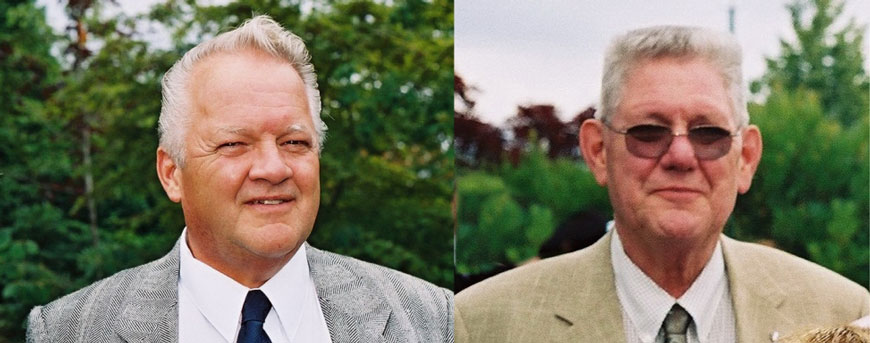
A good life
Brian thinks of those years with fondness. “Foundry work was a good life. Dad came with a ticket to Australia but liked Vancouver so much he cashed it in and chose to stay and work. And it was a good life for us, too, at least eventually. When you’re 16 and 17 years old do you care about anything but going out and having fun? We didn’t; so no, it wasn’t obvious right away that this was something to care about. Once we got down to working, when we were married and the kids came, we were both proud of what we did.”
The Done brothers had pride in bringing in a regular income, making things, having employees, and supporting their families. There was a sense of possibility within the city, everything growing and building up.
Globalization in the 1980s and 1990s changed that trajectory, the optimism and sense of development. When considering what changed, Brian was thoughtful. “People talk about it being labor. It’s not just labor. It’s about scrap, too. When we started, we were using 100% scrap—thousands of tons of scrap metal over the years. By the 1990s we started having to use pig iron from Quebec. Our scrap prices went from $35/ton to $200/ton, and it wasn’t feasible anymore. China was buying North American scrap and subsidizing their freight to North America by bringing scrap shipments back. China worried less about the quality—they’d sort it on their side. We’d been buying only quality. With new competition the mix changed.”
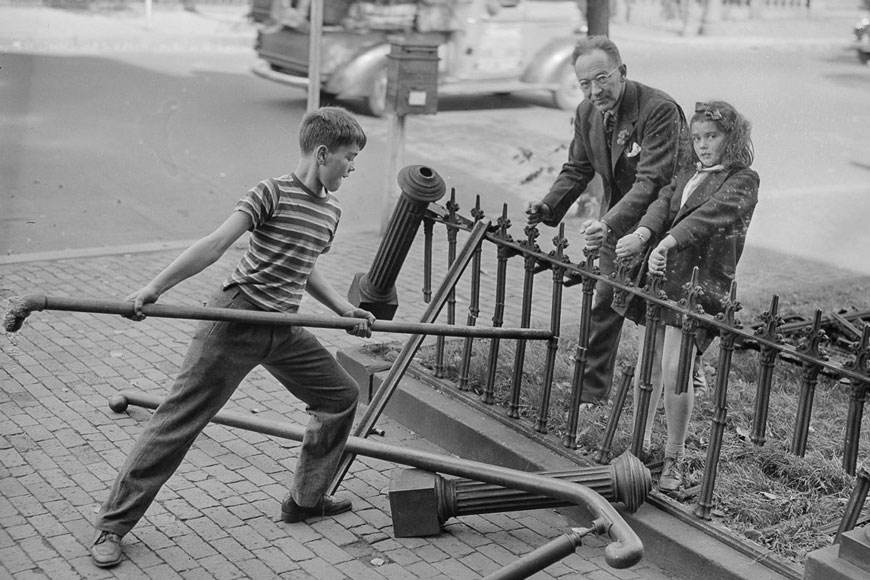
Brian offered observations on how supply and resource issues are a big factor globally. “The US used to be a huge scrap market,” he said. “This wasn’t just a concern for us in the 90s. Roosevelt stopped shipping scrap to Japan before WWII, and this was one of the reasons for the war.”
Indeed, in 1939, Chinese-Americans protested American sales of scrap to Japan. They argued that Japan was using that scrap to support imperialist war in the Asia-Pacific. Roosevelt put bans on scrap, rubber, and oil exports to Japan. The resulting lack was part of what brought Japan into WWII. WWII itself required a huge amount of scrap metal, and all through the States, scrap metal drives became a citizen contribution to the war effort.
Finding new niches
From the early days of Reliance Foundry, the company competed by finding important niches in the market. Fred Done created a one-ton electric melting furnace when this was not yet standard, allowing a higher consistent throughput. Reliance was also the only foundry west of Ontario that produced malleable iron, which is a form of cast iron made less brittle through a long annealing heat-treatment.
Later, Reliance was one of the first foundries in the Lower Mainland to cast manganese steel. Manganese steel is an alloy offering exceptional mechanical properties for the mining industry. As Reliance’s expertise grew in this alloy, the mining industry became a major customer, representing 80% of business in the 1950s.
Later, in the 1960s, Brian and Barry had to pivot away from malleable iron, and move into ductile iron production. Invented in 1949, ductile iron has a microstructure that allows for ductility without expensive and technical heat treatment.
By the late 1990s, in a globalized economy where scrap metal was becoming increasingly expensive, there was little that Brian and Barry could do to find a new niche. When Brad and Brent took over, the foundry equipment was aging, supplies were expensive, and expertise was already waning. Overseas foundries had caught up technologically. Overhauling the business model was an obvious necessity.
Generalization lost in the globalization of production
As a businessman, Brian has always been pragmatic about the need for Reliance to adapt. Overseas contract manufacture is just another adaptation. He was supportive of the new generation’s approach, reassuring them: “We’ve had to adapt any number of times through the history of Reliance. You’re just adapting.”
As a foundryman, however, Brian’s thoughts are a little more somber.
“We’ve lost a lot,” Brian said. “We’ve lost our manufacturing knowledge. Nobody knows what they’re doing—it’s not just foundries. There used to be a steel mill here, but not in the last forty years. We’ve priced ourselves out. I don’t hold any grudges about it, but I do think we’ve lost an important kind of business knowledge in North America. There are still good businesses, but it’s all retail and services and health care, very little in general manufacturing. It’s only specialists still in production.”
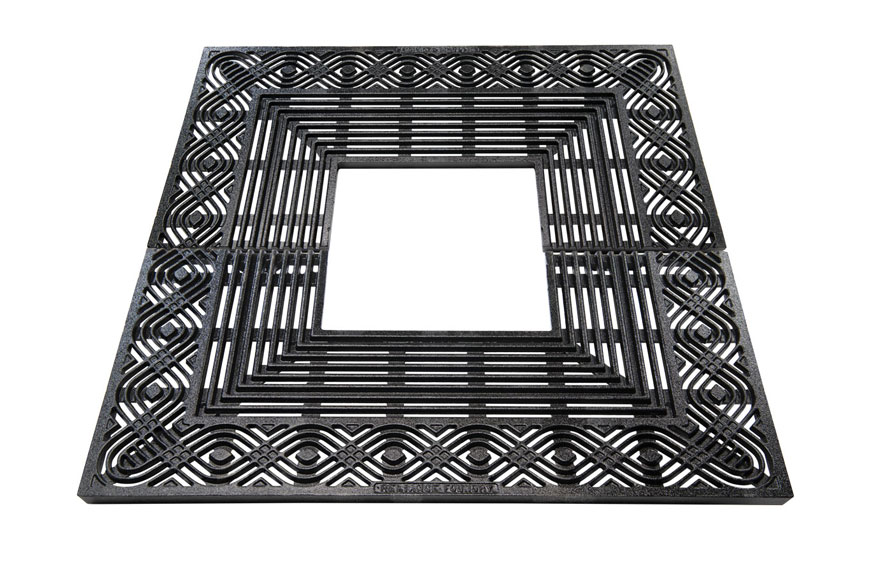
The foundryman’s art preserved
Brian’s wisdom about specialization is evident in the way some foundries are surviving in North America. Foundries that specialize in non-ferrous metals, like brass and bronze, are still the primary place local customers order custom and artistic work. Large scale ferrous foundries also continue to be in operation, only working in economies of scale. Production of stock lines sold nationwide is perhaps the most common expression of this model. Producing stock lines allows the ferrous foundry to do some custom local work as a smaller part of their trade.
Today, Reliance Foundry oversees and orders production from all over the world. We have American vendors as well as those in Asia. Our trench and tree grate lines are made all made in the United States. Supply chains have been changing due to politics and economics since Reliance first opened its doors in the 20s and will continue to change. Finding vendors both local and far-flung helps preserve local foundry knowledge while bringing the best value to consumers of cast iron and steel.


